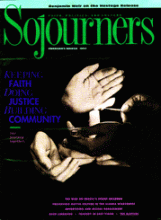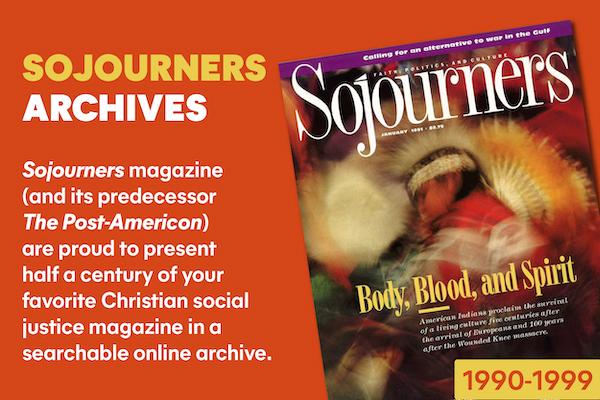In case the rush of the holidays prevented you from having time to read our last issue, let me repeat that this new column is devoted to covering the groundswell of creative grassroots activity around the country - and around the world - that is inspired by the gospel and the times in which we live. In 1992, much of that activity will be focused on the kairos moment presented by the quincentenary of the "discovery" of America.
The "1992/Kairos USA" call for repentance, conversion, and action (which was published in the "1992: Rediscovering America" issue of Sojourners last October) is being widely circulated; and small groups of people are coming together around the country to reflect in light of their faith on issues raised in the context of the quincentenary, such as the current struggles of indigenous peoples in this country and in the hemisphere.
Each small group is encouraged to name the issues that confront their communities, the church, and the nation; as well as identify signs of hope and conversion. "Hope is the process of naming the demons in language that will deepen the resolve to bear witness in more tangible ways," said Ken Sehested, director of the Baptist Peace Fellowship of North America. "This leads to a real spiritual transformation."
This grassroots theological process will culminate in the collective writing of a Kairos USA document to be released publicly on Columbus Day, 1992. The 1992 kairos document will be used as a vehicle to challenge and encourage those in the pews and in positions of power in various denominations; several church bodies have adopted resolutions on the quincentenary, but have no concrete way for people at the congregational level to be involved.
Read the Full Article

